Chord Vibes
The Relationship Between Chord Progressions and Emotions
BOMEGACADEMYMUSIC THEORYCHORDS
2/28/20259 min read

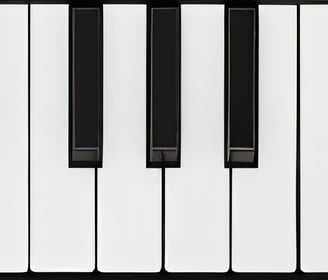
Introduction to Chord Progressions and Emotional Influence
Chord progressions are foundational elements in music that significantly influence the emotional landscape of a piece. Defined as sequences of chords played in a specific order, these progressions can evoke a wide range of feelings, from happiness and nostalgia to sadness and tension. This relationship between musical structure and emotional expression is rooted in the principles of music theory, which offers a framework for understanding how different chords interact and impact the listener's emotional response.
The emotional impact of chord progressions can be attributed to several factors, including the harmonic relationships between chords, the context in which they are used, and cultural associations. Major chords often elicit feelings of joy and positivity, while minor chords frequently convey melancholy and introspection. For example, a simple I-IV-V-I progression, characterized by its major tonality, tends to promote an uplifting atmosphere, widely used in pop music to shape feelings of celebration and success.


Conversely, progressions that incorporate minor chords, such as the vi-IV-I-V structure, are associated with more contemplative and reflective emotions. These progressions often serve to create a sense of longing or nostalgia, widely seen in genres ranging from classical to contemporary ballads. Moreover, the use of unexpected transitions or dissonance can heighten the emotional tension in a piece, leading listeners to experience a broader range of feelings as the music evolves.
Understanding these connections between chord progressions and emotional responses is essential for both composers and listeners. It allows musicians to craft their works in a way that elicits desired emotional reactions, while providing listeners with an enriched experience as they interpret and resonate with the music. The exploration of specific chord progressions and their effects on emotion will further illuminate this intricate relationship.
Uplifting & Hopeful
C - G - Am - F
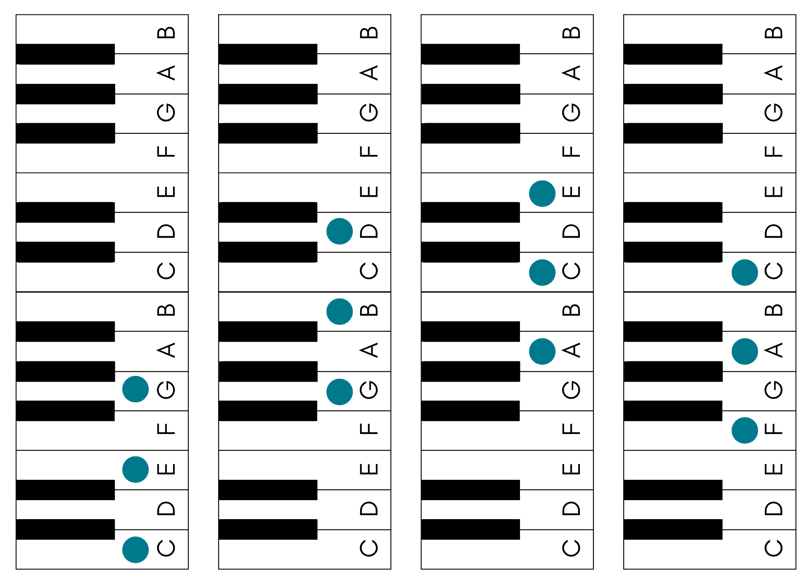

The chord progression C - G - Am - F has garnered a reputation for evoking uplifting and hopeful emotions, making it a favoured choice among songwriters across various genres, particularly in pop music. This progression is notable for its simplicity and effectiveness, enabling it to resonate with audiences by fostering a sense of optimism and joy. The sequential arrangement of the C major chord introduces an immediate sense of brightness, followed by the G major chord, which suggests movement and anticipation.
Building from this foundation, the transition to the A minor chord (Am) adds a slight tension, a common technique in music that enhances the emotional depth without detracting from the overall positivity. Finally, the F major chord resolves the progression, providing a sense of completion and satisfaction. The interplay of these chords not only creates an engaging auditory experience but also taps into collective emotional responses, making it memorable and impactful.
Numerous popular songs exemplify this chord progression. One prime example is "Let It Be" by The Beatles, which conveys themes of guidance and reassurance. Another significant song is "With or Without You" by U2, which, despite its underlying conflict, uses this progression to evoke a sense of yearning intertwined with hope. Additionally, "I'm Yours" by Jason Mraz showcases a light-hearted narrative filled with optimism, perfectly encapsulating the uplifting spirits elicited by the C - G - Am - F progression. As listeners engage with these songs, the combination of chords serves to bridge personal experiences with a universal sense of hope, underscoring the profound relationship between chord progressions and emotions.
Emotional & Melancholic
Am - F - C - G
The chord progression Am - F - C - G is a compelling sequence often associated with emotional depth and melancholic qualities. It begins with the A minor chord, which inherently carries a sense of introspection and sadness. The A minor chord sets a reflective tone, inviting listeners to contemplate feelings of longing and nostalgia. Following this, the F major chord serves as a paradoxical shift; while it maintains the emotional undercurrent, it also introduces a sense of hope or resolution, enhancing the complexity of the progression.
The transition from F to C reinforces this duality. The C major chord infuses moments of brightness, creating a stark contrast to the darkness of A minor. In doing so, it reflects the multifaceted nature of human emotions, illustrating how joy and sorrow often coexist. Finally, the return to G major brings this progression full circle. As a dominant chord, it generates tension and anticipates movement while simultaneously grounding the overall emotional experience. The cyclical nature of these chords allows for an exploration of themes such as love, regret, or reflection.
This chord progression finds significant application across multiple music genres, including pop, rock, and folk. Iconic tracks employing Am - F - C - G often resonate with audiences due to their intrinsic ability to articulate complex emotional states. Artists leverage this progression to evoke feelings of nostalgia and connection, exemplifying its effectiveness in storytelling through music. When transposed into different keys, the underlying emotional resonance remains intact while providing a fresh perspective on familiar sentiments.
In essence, the Am - F - C - G chord progression serves as a profound exploration of emotional expression, encapsulating feelings of longing, hope, and introspection. Its versatility in various musical contexts underlines its timeless appeal and ability to connect deeply with listeners.
Inspiring & Motivational
D - A - Bm - G
The chord progression D - A - Bm - G is renowned for its uplifting and motivational qualities, often instilling a sense of hope and inspiration in listeners. This sequence is prevalent in various musical genres, including pop, rock, and folk, serving as a foundational element in many popular songs. With its harmonious structure, the progression creates a sense of resolution and positivity, which resonates deeply with audiences. Artists frequently utilize this specific arrangement to evoke feelings of encouragement and optimism.
One of the quintessential examples of this progression can be found in the hit song "With or Without You" by U2. The sequence provides a backdrop that enhances the emotional weight of the lyrics, revealing how effectively D - A - Bm - G can serve as a vehicle for expressing complex emotions. Another example is "I’m Yours" by Jason Mraz, where the same chord structure promotes a carefree and uplifting atmosphere, making it a popular anthem for positivity and self-acceptance. These examples illustrate that this chord progression is not merely a musical choice but an intentional tool that artists wield to foster connection and motivation within their listeners.
Warm & Nostalgic
G - D - Em - C
The chord progression of G - D - Em - C is often regarded as a quintessential embodiment of warmth and nostalgia in modern music. This sequence not only offers a captivating auditory experience but also evokes profound emotions rooted in memories and sentiments. Historically, these chords have been utilized across various genres, from folk and pop to rock and country, enhancing their appeal as a universal tool for songwriting.
The progression begins with G major, a chord that radiates brightness and positivity. This is followed by D major, which carries a slight tension yet maintains an uplifting character. The transition to E minor introduces a reflective and slightly melancholic element, creating a juxtaposition that deepens emotional engagement. Finally, the C major chord rounds off the sequence with a sense of resolution, often leaving listeners with a nostalgic aftertaste. This blend of enharmonic qualities allows the G - D - Em - C progression to resonate emotionally, making it a favoured choice among songwriters seeking to evoke particular narratives.
In exploring the allure of the G - D - Em - C progression, it becomes clear that its warm and nostalgic qualities serve as a potent vehicle for storytelling and emotional expression, earning its place as a beloved tool of musical communication.
Mysterious and Dramatic
Cm - Ab - Eb - Bb
The chord progression Cm - Ab - Eb - Bb is widely recognized for its capacity to evoke feelings of mystery and drama. This sequence, rooted in the key of C minor, draws on a palette of emotional depth that resonates with listeners on multiple levels. The Cm chord serves as a foundation of tension, imbued with a sense of melancholy and intrigue. As it transitions to the Ab major, the listener is transported into a realm of heightened emotion, where the contrasting harmonies create a profound sense of unease or anticipation.
The Eb major chord follows, acting as a momentary uplift that can either resolve the tension or exacerbate it, depending on its context within the composition. This duality makes the progression compelling, enabling it to support various storytelling elements in musical narratives. Finally, the Bb major chord introduces a sense of closure; however, this completion can simultaneously leave the audience craving more, reflective of the unresolved mysteries often found in dramatic tales.
Romantic & Sentimental:
F - G - Em - Am
The F - G - Em - Am chord progression is renowned for its romantic qualities, frequently employed in various love songs to evoke powerful emotions tied to affection and nostalgia. This sequence’s emotional weight is substantial, making it a cornerstone in the compositions of numerous artists seeking to connect with their audience on a deeper level. Each chord within this progression contributes to a lush emotional landscape that facilitates the expression of romantic sentiments.
In this progression, the F major chord introduces a warm, uplifting atmosphere, setting the stage for feelings of love and joy. Transitioning to the G major chord builds anticipation and excitement, creating a sense of yearning. The shift to E minor introduces a gentle melancholy that can reflect longing or introspection—an essential element in many romantic compositions. Finally, the A minor chord brings a sense of resolution, often serving as a reflective pause in the emotional journey conveyed through the music.
This chord progression has been utilized effectively in numerous iconic songs that encapsulate the essence of love and emotion. For instance, tracks such as "Perfect" by Ed Sheeran showcase how this sequence can create a heartfelt atmosphere, resonating with listeners who relate to themes of love and commitment. Similarly, “All of Me,” also by Ed Sheeran, leverages the F - G - Em - Am progression to evoke deep sentiments and connect with listeners on a personal level.
Furthermore, beyond its presence in contemporary music, this chord progression can also be found in classic love ballads, demonstrating its timeless appeal. The ability of the F - G - Em - Am progression to convey nuanced feelings of romance and sentimentality makes it a favourite among songwriters looking to capture the essence of love in their work.
Emotional Resonance
Em - C - G - D
The chord progression Em - C - G - D is widely recognized for its ability to evoke profound emotions, particularly those of sadness and reflection. This sequence utilizes the minor key of E minor, which inherently lends a sombre tone that resonates deeply with listeners. The transition from Em to C introduces a sense of longing, as the shift to a major chord creates a contrast that often highlights feelings of hope amidst melancholy. The continued movement to G and finally D further adds layers of emotional complexity, allowing musicians to express themes of introspection and vulnerability.
One notable aspect of this progression is its versatility; it has been employed in a variety of musical genres, often in contexts that explore introspective or melancholic themes. For instance, the song “Tears in Heaven” by Eric Clapton uses the Em - C - G - D progression to convey deep sorrow and reflection following loss, illustrating how music can articulate profound feelings that words sometimes cannot capture. Similarly, “Fix You” by Coldplay utilizes this progression to explore themes of emotional support and healing, reinforcing the capacity of this sequence to connect with listeners on a personal level.
Moreover, the reflective quality of Em - C - G - D encourages listeners to engage with their own emotions as they immerse themselves in the music. This connection between chord progressions and emotional response is a powerful aspect of music theory, demonstrating how specific sequences can evoke similar sentiments across different compositions. The poignant atmosphere created by these chords serves not only as a background for the lyrics but also as a vehicle for exploring the complexities of human emotion, making Em - C - G - D a significant progression in the realm of sad and reflective music.
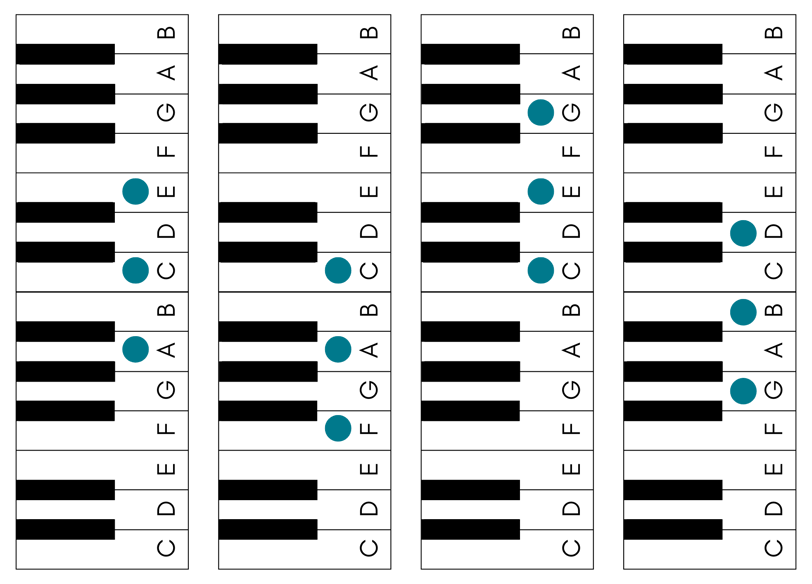

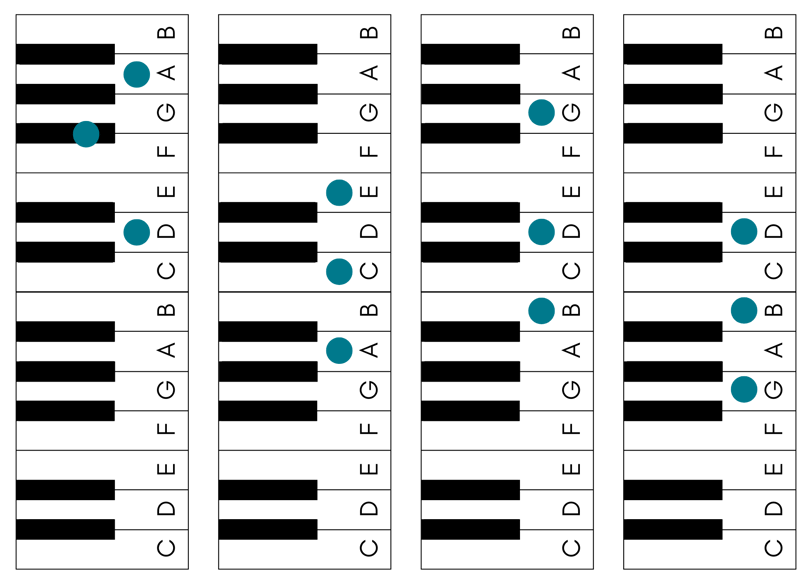

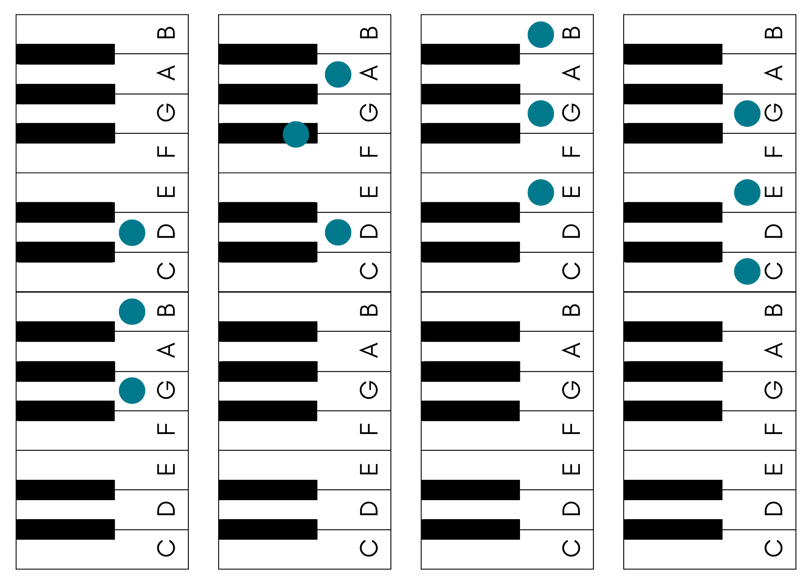

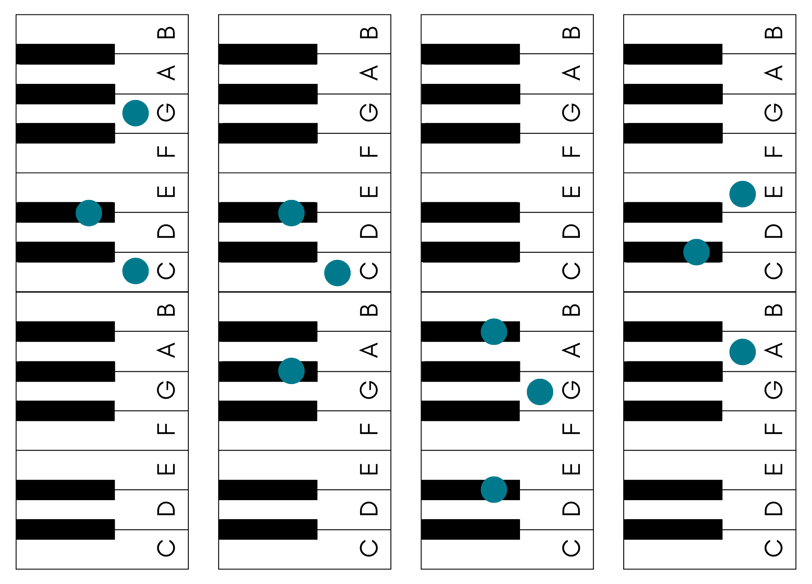

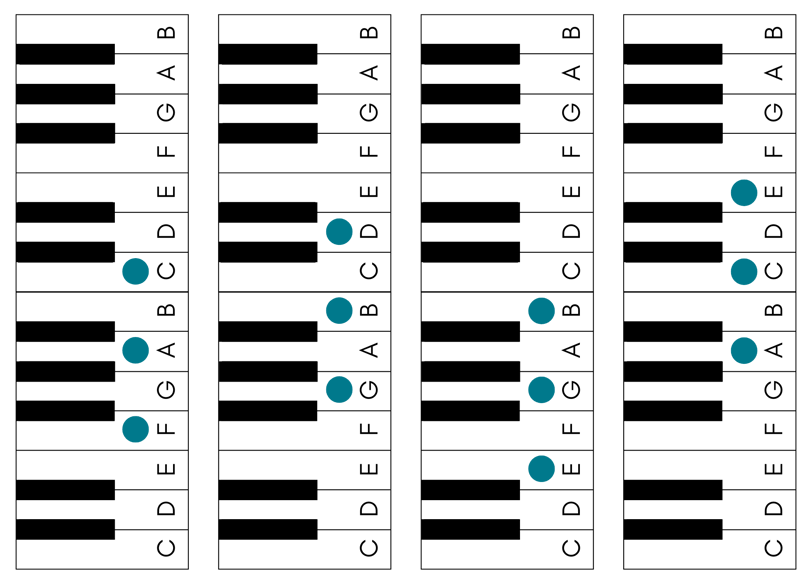

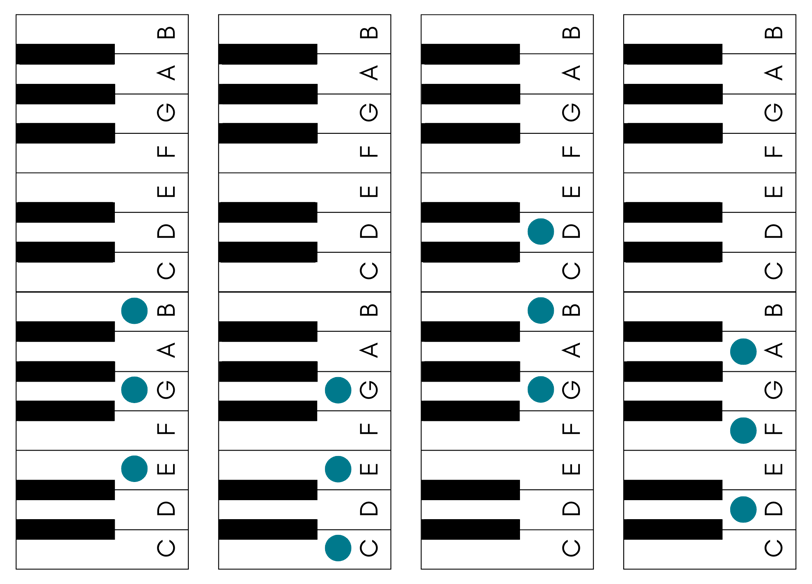

10 of the Best Chord Progressions
C - G - Am - F → Uplifting & Hopeful
Am - F - C - G → Emotional & Melancholic
D - A - Bm - G → Inspiring & Motivational
G - D - Em - C → Warm & Nostalgic
Cm - Ab - Eb - Bb → Mysterious & Dramatic
F - G - Em - Am → Romantic & Sentimental
Em - C - G - D → Sad & Reflective
Bb - Eb - F - Bb → Triumphant & Majestic
Bm - G - D - A → Dark & Intense
E - B - C#m - A → Dreamy & Ethereal
Follow us on Social Media
Follow Bomegaudio on your preferred social media platform for more music production insights, expert tips, gear reviews, private feedback and exclusive content tailored for producers like you.
Contact us
E-mail us directly on
© Bomegaudio 2025. All Rights Reserved.
Or use this form
Opening hours
[GMT+2 / CET]
Mondays :: Closed
Tue - Thu :: 05:00 - 20:00
Fri - Sat :: 05:00 - 22:00
Sundays :: Closed
420 Bomeg Avenue
Dank Francisco, BO


